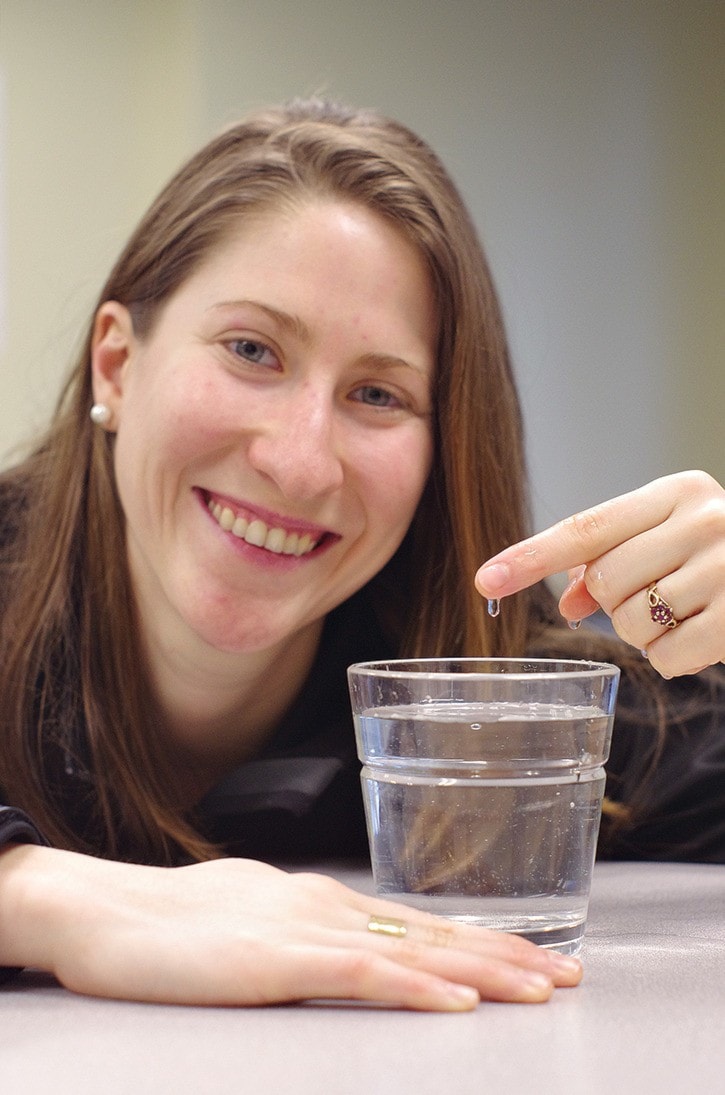With a dry summer in 2015, a resolution on rain as a potable water source could be beneficial, according to the Regional District of Nanaimo’s drinking water program coordinator.
Regional district directors approved a resolution to use rainwater as a potable water source at last month’s regular meeting. The hope is the resolution will be considered at the Association of Vancouver Island and Coastal Communities’ annual general meeting in April and ultimately at the Union of B.C. Municipalities conference in September.
Julie Pisani, drinking water and watershed protection program coordinator, said the resolution pertains to collecting rainwater for small water systems, which provide drinking water to the public in such places as small community centres and restaurants. Given the water restrictions the regional district implemented last summer, it could help reduce stress for small, unserviced communities, she said.
“If they’re able to have an additional water source ... that would increase their resiliency to dry years, where potentially the wells aren’t performing as they would need for their system,” said Pisani.
She said the idea of the resolution is to urge the B.C. government to take the next steps that are needed to enable the initiative.
In the Nanaimo area, small water systems are regulated by the Vancouver Island Health Authority. Dr. Paul Hasselback, medical health officer, said potable rainwater collection isn’t without its problems.
While rain is a water source and occurs regularly on the Island, it doesn’t necessarily come at times when it is needed, said Hasselback.
“The challenge is with any water that’s actually just a source. Now if it was coming out of the sky and into a consistently maintained sterile environment and collected, so that it doesn’t get contaminated, it’s probably something we would look at as a source in that context,” Hasselback said.
He said the rainwater harvesting units tend to be on the top of buildings or in open spaces and water can be contaminated from birds and the like and may have more contaminants than other surface water.
“Now we can treat it and the systems that have been looking at this actually do have treatment associated with them, so that actually is already in place.
“Part of what’s been asked for here, we could be looking at if we had a proposal coming forward from a drinking water system for consideration of using rainwater as a source.
“If they have the appropriate treatment in place, it may be a viable alternative,” Hasselback said.
